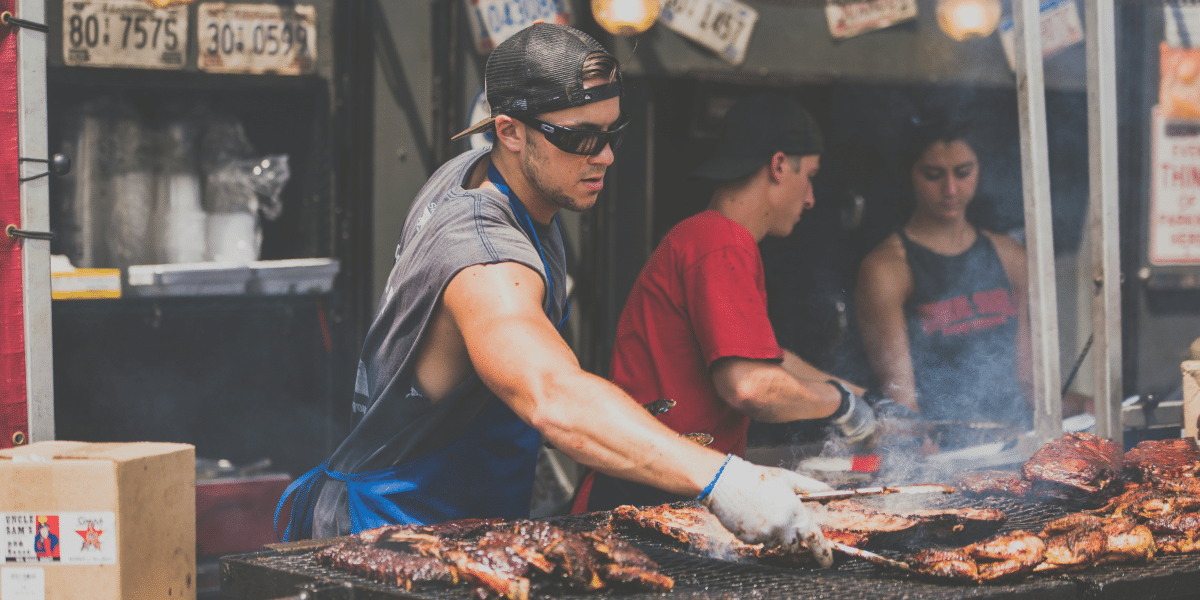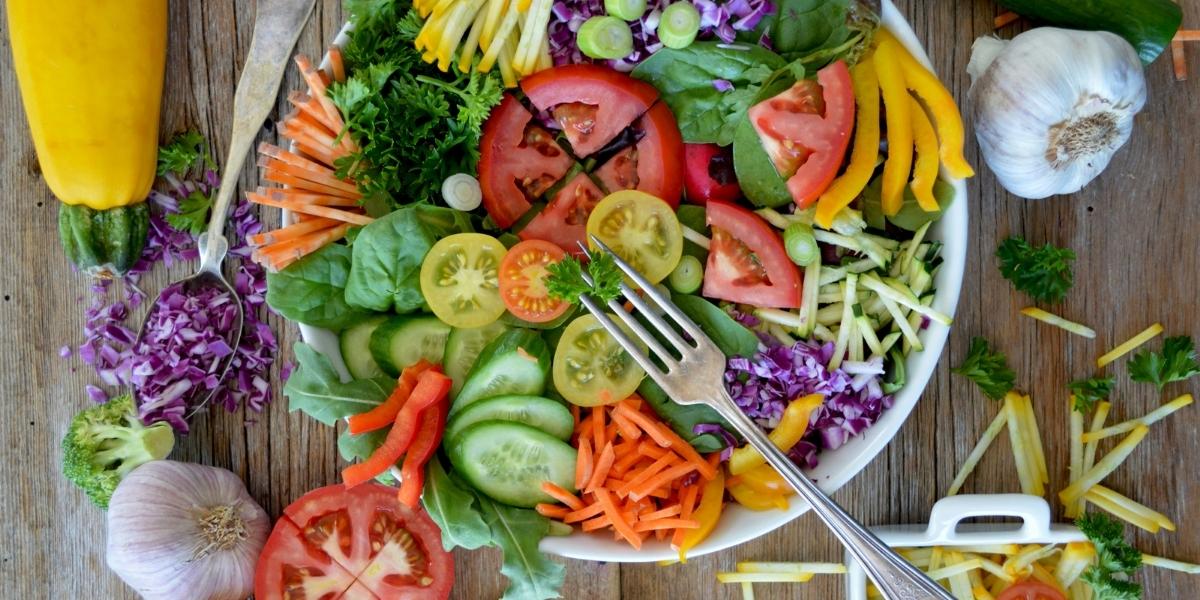Barbecue is a beloved cooking method that brings people together to enjoy delicious, smoky flavors. For beginners, starting with barbecue can seem daunting, but with the right guidance, anyone can master this art. This guide will provide you with essential tips and techniques to get you started on your barbecue journey.
Choosing the Right Equipment
The first step in barbecue making is choosing the right equipment. For beginners, a charcoal grill is often recommended because it provides a traditional smoky flavor that is essential for authentic barbecue. Gas grills are also an option for those looking for convenience and ease of use. Regardless of the type of grill, make sure it is sturdy, has good ventilation, and is easy to clean. Accessories like a meat thermometer, tongs, and a chimney starter for charcoal grills are also essential for a successful barbecue experience.
Selecting Your Meat
The choice of meat is crucial in barbecue making. Popular options include ribs, brisket, chicken, and pork shoulder. Each type of meat requires different preparation and cooking times. For beginners, chicken and pork shoulder are good starting points because they are relatively forgiving and easy to cook. When selecting your meat, look for cuts with good marbling as this will help keep the meat moist and flavorful during the long cooking process.
Preparing the Meat
Proper preparation is key to a successful barbecue. Start by seasoning your meat with a dry rub or marinade. A dry rub typically consists of a mixture of salt, sugar, and various spices. Rub the mixture generously onto the meat and let it sit for at least an hour, preferably overnight, to allow the flavors to penetrate. If you choose to use a marinade, make sure the meat soaks for several hours to achieve the best results. Patience is important in this step, as well-seasoned meat is the foundation of great barbecue.
Mastering the Cooking Process
Cooking barbecue requires patience and attention to detail. Begin by preheating your grill. For a charcoal grill, use a chimney starter to light the coals and let them burn until they are covered with white ash. Arrange the coals on one side of the grill to create a two-zone fire, allowing for both direct and indirect cooking. Place the meat on the cooler side of the grill and cover it. This method, known as indirect grilling, ensures that the meat cooks slowly and evenly.
Maintaining a consistent temperature is crucial in barbecue making. Aim for a temperature range of 225°F to 250°F. Use a meat thermometer to monitor the internal temperature of the meat. For chicken, the safe internal temperature is 165°F, while pork shoulder and ribs should reach around 195°F to 203°F for optimal tenderness. Avoid lifting the lid too often, as this can cause temperature fluctuations and extend cooking time.
Adding Smoke for Flavor
One of the defining characteristics of barbecue is the smoky flavor. To achieve this, add wood chips or chunks to your grill. Soak the wood in water for at least 30 minutes before placing it on the hot coals. Popular wood choices include hickory, mesquite, apple, and cherry, each imparting a unique flavor to the meat. Experiment with different types of wood to find your preferred taste.
Resting and Serving
After the meat has reached the desired internal temperature, it is important to let it rest before serving. Resting allows the juices to redistribute throughout the meat, ensuring it remains moist and flavorful. Cover the meat with foil and let it rest for at least 15 to 30 minutes. Once rested, slice or shred the meat as needed and serve with your favorite barbecue sauce and side dishes.
Barbecue making is an art that requires patience, practice, and attention to detail. By choosing the right equipment, selecting quality meat, and mastering the cooking process, beginners can create delicious and flavorful barbecue. Remember, the key to great barbecue is low and slow cooking combined with a good balance of smoke and seasoning. With these tips, you are well on your way to becoming a barbecue expert.








